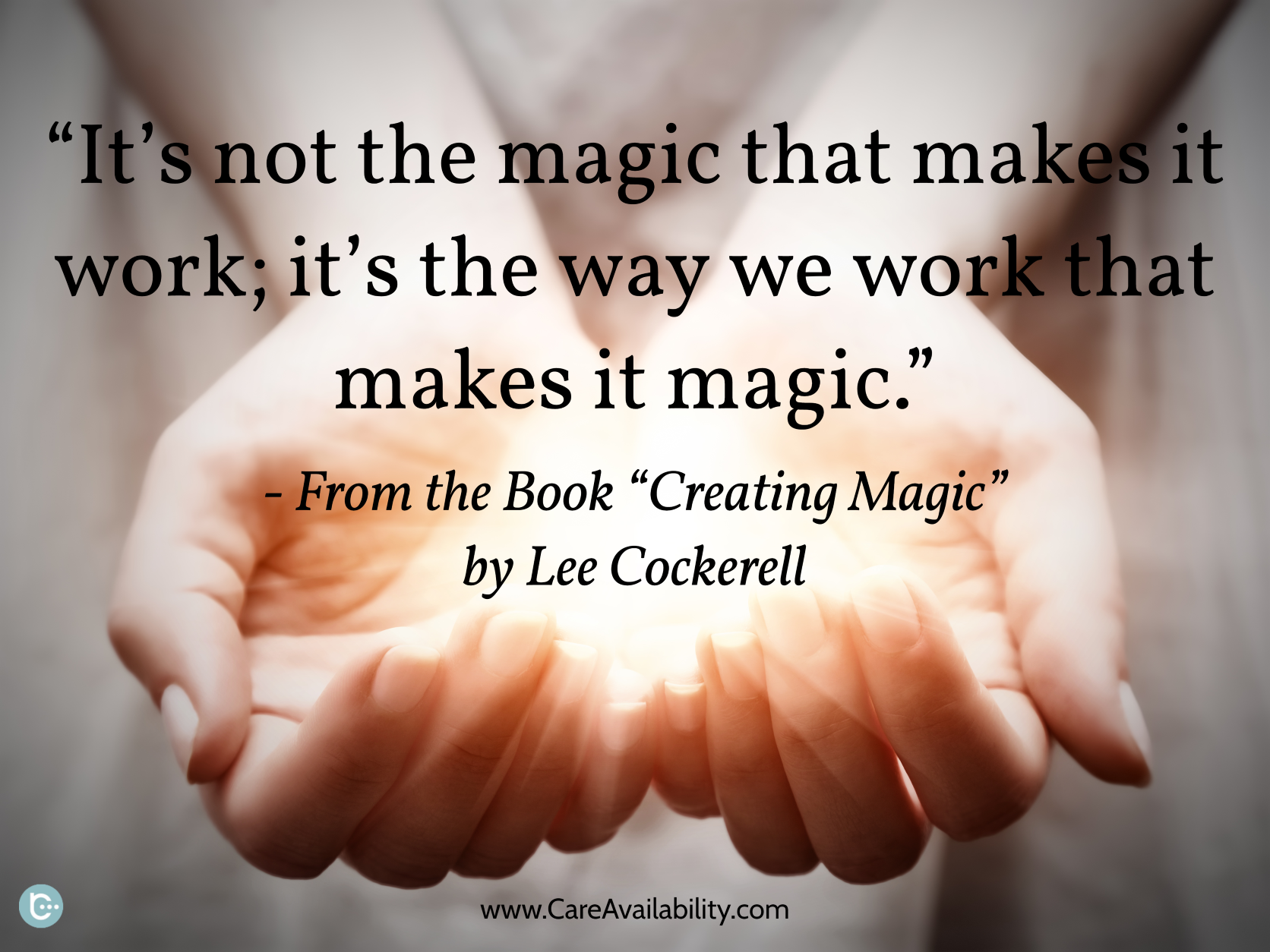Awareness Campaign – What is Long-Term Care?
Long-term care is a variety of services and supports to meet health or personal care needs over an extended period of time. Most long-term care is non-skilled personal care assistance, such as help performing everyday Activities of Daily Living (ADLs), which are:
- Bathing
- Dressing
- Using the toilet
- Transferring (to or from bed or chair)
- Caring for incontinence and
- Eating
The goal of long-term care services is to help you maximize your independence and functioning at a time when you are unable to be fully independent.
Who Needs Long-Term Care?
Long-term care is needed when you have a chronic illness or disability that causes you to need assistance with Activities of Daily Living. Your illness or disability could include a problem with memory loss, confusion, or disorientation. (This is called Cognitive Impairment and can result from conditions such as Alzheimer’s disease.)
This year, about 9 million Americans over the age of 65 will need long-term care services. By 2020, that number will increase to 12 million. While most people who need long-term care are age 65 or older, a person can need long-term care services at any age. Forty (40) percent of people currently receiving long-term care are adults 18 to 64 years old.
What Are My Risks of Needing Long-Term Care?
About 60 percent of individuals over age 65 will require at least some type of long-term care services during their lifetime. Over 40 percent will need care in a nursing home for some period of time. Factors that increase your risk of needing long-term care are:
- Age – The risk generally increases as you get older.
- Marital Status – Single people are more likely to need care from a paid provider.
- Gender – Women are at a higher risk than men, primarily because they tend to live longer.
- Lifestyle – Poor diet and exercise habits can increase your risk.
- Health and Family History – also impact your risk.
How Much Care Might I Need?
It is difficult to predict how much or what type of care any one person might need. On average, someone age 65 today will need some long-term care services for three years. Service and support needs vary from one person to the next and often change over time. Women need care for longer (on average 3.7 years) than do men (on average 2.2 years). While about one-third of today’s 65-year-olds may never need long-term care services, 20 percent of them will need care for more than five years.
If you need long-term care, you may need one or more of the following:
- Services at your home from a nurse, home health/home care aide, therapist, or homemaker;
- Care in the community; and/or
- Care in any of a variety of long-term facilities.
Generally you pay a provider for these services. But most people receiving paid services in their home or community need to supplement these services with help from family and friends.
How Do Care Needs Change Over Time?
Many people who need long-term care develop the need for care gradually. They may begin needing care only a few times a week or one or two times a day, for example, help with bathing or dressing. Care needs often progress as you age or as your chronic illness or disability become more debilitating, causing you to need care on a more continual basis, for example help using the toilet or ongoing supervision because of a progressive condition such as Alzheimer’s disease.
Some people need long-term care in a facility for a relatively short period of time while they are recovering from a sudden illness or injury, and then may be able to be cared for at home. Others may need long-term care services on an on-going basis, for example someone who is disabled from a severe stroke. Some people may need to move to a nursing home or other type of facility-based setting for more extensive care or supervision if their needs can no longer be met at home.
Source: U.S. Department of Health and Human Services, National Clearinghouse for Long-Term Care Information. www.LongTermCare.gov
Provided by: The Staff at www.RetirementConnection.com
Copyright © 2008 RetirementConnection.com. All rights reserved.


 “At the end of the day, I will ask myself- did I love enough, did I laugh enough, did I make a difference?”
“At the end of the day, I will ask myself- did I love enough, did I laugh enough, did I make a difference?”